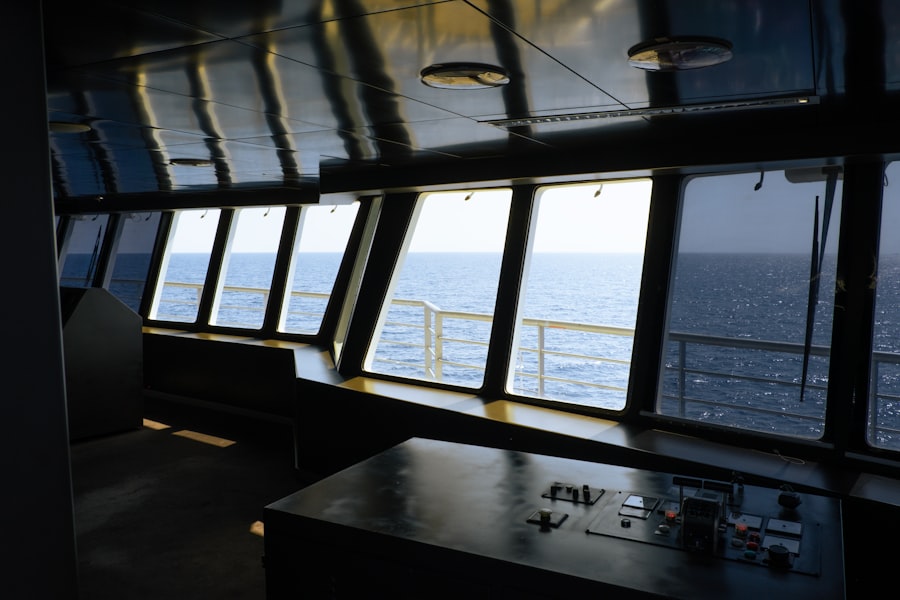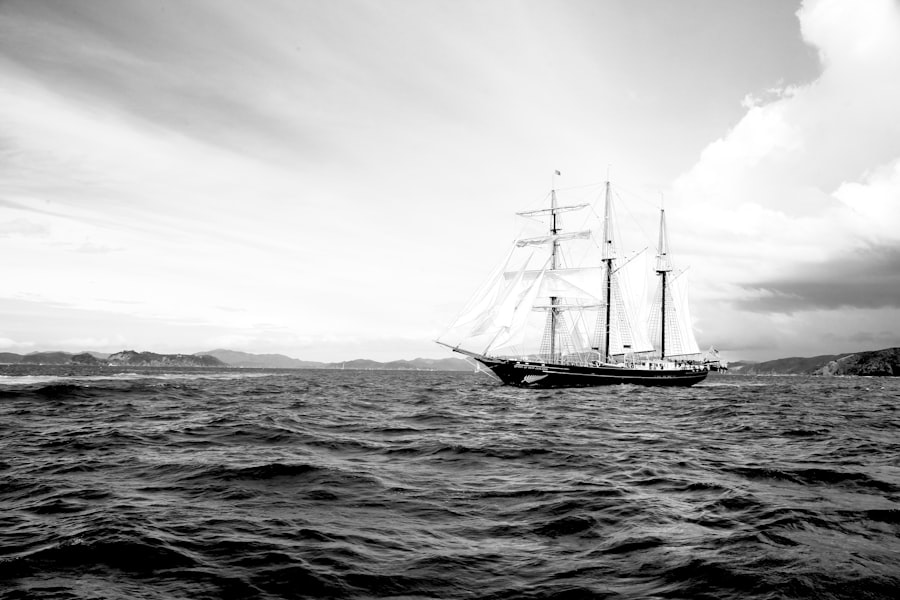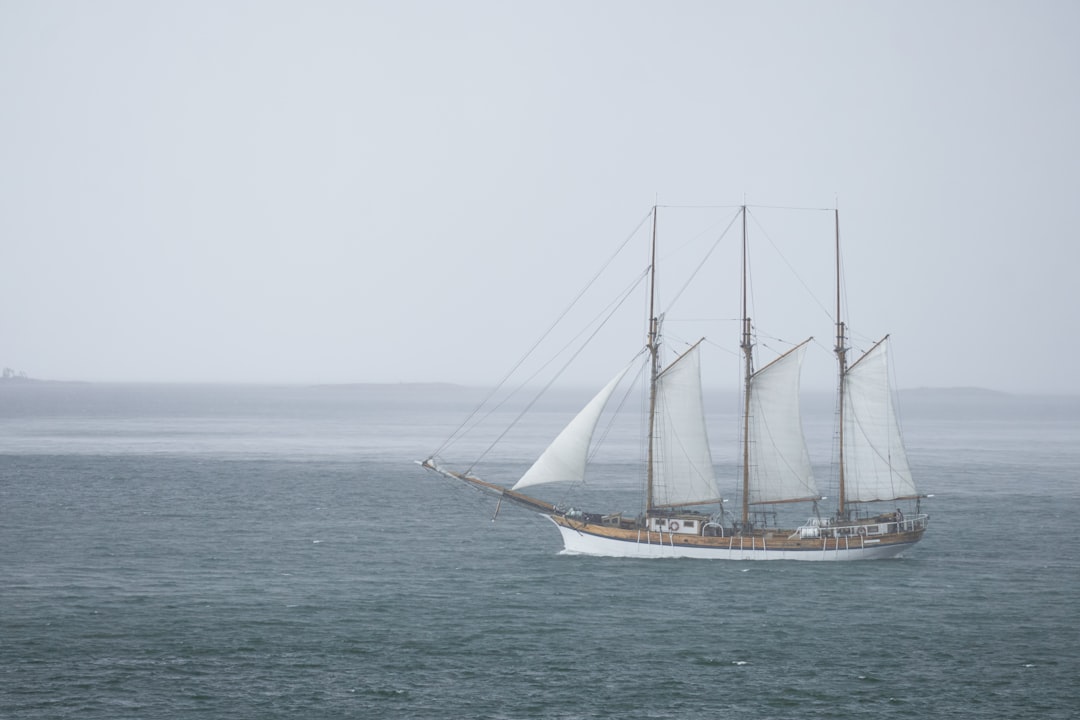The Drake Passage, a body of water situated between the southern tip of South America and Antarctica, is renowned for its tumultuous seas and unpredictable weather. Named after the English explorer Sir Francis Drake, who navigated these waters in the late 16th century, the passage serves as a critical maritime route for vessels traveling to and from the Antarctic region. Stretching approximately 800 kilometers (500 miles) wide, it connects the Atlantic and Pacific Oceans, making it a vital corridor for scientific research, tourism, and commercial shipping.
The passage is not only significant for its geographical location but also for its unique ecological environment, which plays a crucial role in global oceanic currents and climate.
The passage is characterized by strong currents, high winds, and large swells, which can create treacherous conditions for even the most experienced sailors.
As such, it has become a focal point for maritime studies and a subject of fascination for adventurers and researchers alike. Understanding the complexities of this waterway is essential for ensuring safe passage and minimizing risks associated with navigation.
Key Takeaways
- The Drake Passage is a treacherous body of water located between South America’s Cape Horn and the South Shetland Islands of Antarctica.
- Navigating the Drake Passage presents challenges such as strong winds, high waves, and unpredictable weather conditions.
- Weather and sea conditions in the Drake Passage can change rapidly, making it essential for ships to be well-prepared and equipped for the journey.
- Ship preparation and safety measures are crucial for navigating the Drake Passage, including reinforced hulls and advanced navigation technology.
- Historical disasters in the Drake Passage highlight the importance of experienced crew, modern navigation technology, and emergency response and rescue operations for safe passage.
The Challenges of Navigating the Drake Passage
The challenges posed by the Drake Passage are manifold, with its unpredictable nature being one of the most daunting aspects. Sailors often encounter steep waves that can reach heights of up to 15 meters (50 feet), creating a perilous environment for vessels of all sizes. These towering waves are primarily generated by the confluence of powerful ocean currents and relentless winds that sweep across the open waters.
The combination of these elements can lead to a phenomenon known as “the Drake Shake,” where ships are subjected to violent rolling and pitching, making navigation exceedingly difficult. Moreover, the passage’s geographical features contribute to its challenges. The narrow strait is flanked by land masses that can funnel winds and create localized storms, further complicating navigation.
The presence of icebergs and sea ice during certain seasons adds another layer of risk, as these floating hazards can be difficult to detect and pose a significant threat to vessels. Mariners must remain vigilant and adaptable, employing a range of strategies to mitigate these challenges while ensuring the safety of their crew and cargo.
Weather and Sea Conditions

The weather conditions in the Drake Passage are notoriously volatile, with rapid changes occurring within short time frames. Sailors often experience a range of weather phenomena, from calm seas to violent storms, all within a single day. The region is influenced by various climatic factors, including the Antarctic Circumpolar Current, which drives cold water northward and interacts with warmer ocean currents from the north.
This interaction creates a dynamic environment where weather patterns can shift unexpectedly, leading to dangerous conditions for those navigating the waters. In addition to wind and wave height, visibility can also be severely affected in the Drake Passage due to fog and precipitation. These factors can hinder navigation efforts, making it challenging for mariners to maintain their course or spot potential hazards in the water.
Understanding these weather patterns is crucial for any vessel attempting to traverse the passage, as they must be prepared to adapt their plans based on real-time conditions. Mariners often rely on advanced meteorological data and forecasts to make informed decisions about their routes and timing.
Ship Preparation and Safety Measures
| Ship Preparation and Safety Measures | Metrics |
|---|---|
| Number of safety drills conducted | 10 |
| Emergency response time | 5 minutes |
| Number of lifeboats available | 20 |
| Percentage of crew trained in safety procedures | 100% |
Given the inherent dangers associated with navigating the Drake Passage, thorough ship preparation is essential for ensuring safety at sea. Vessels must be equipped with robust hulls capable of withstanding heavy seas, as well as advanced stabilization systems that help mitigate rolling and pitching. Additionally, ships should carry an array of safety equipment, including life rafts, emergency beacons, and first aid supplies, to address any potential emergencies that may arise during the journey.
Crew training is another critical component of ship preparation. Mariners must be well-versed in emergency protocols and safety procedures specific to the challenges of the Drake Passage. Regular drills and simulations can help ensure that crew members are ready to respond effectively in case of an emergency.
Furthermore, maintaining open lines of communication among crew members is vital for coordinating efforts during high-stress situations. By prioritizing safety measures and thorough preparation, vessels can significantly reduce the risks associated with navigating this treacherous waterway.
Historical Disasters in the Drake Passage
The Drake Passage has witnessed numerous maritime disasters throughout history, underscoring its reputation as a perilous route. One notable incident occurred in 1914 when the passenger liner SS Orinoco sank after colliding with an iceberg while traversing these waters. The tragedy claimed several lives and highlighted the dangers posed by ice in the region.
Such incidents serve as stark reminders of the importance of vigilance and preparedness when navigating this challenging passage. Another infamous disaster took place in 1982 when the fishing vessel MV Sunkist capsized during a storm in the Drake Passage. The vessel was overwhelmed by towering waves, leading to a catastrophic loss of life among its crew members.
This incident prompted increased scrutiny of safety regulations for vessels operating in these waters and led to advancements in navigation technology aimed at preventing similar tragedies in the future. The historical record of disasters in the Drake Passage emphasizes the need for continuous improvement in maritime safety practices.
Modern Navigation Technology

In recent years, advancements in navigation technology have significantly improved safety for vessels traversing the Drake Passage. Modern ships are equipped with sophisticated radar systems that provide real-time data on weather conditions, wave heights, and potential obstacles in the water. These systems allow mariners to make informed decisions about their routes and adjust their course as needed to avoid dangerous conditions.
Additionally, satellite communication has revolutionized maritime navigation by enabling constant connectivity between vessels and shore-based support teams. This technology allows for timely updates on weather forecasts and sea conditions, ensuring that crews have access to critical information throughout their journey. Furthermore, automated systems can assist with navigation tasks, reducing the workload on crew members and enhancing overall safety during challenging passages.
The Importance of Experienced Crew
While technology plays a crucial role in modern navigation, the importance of an experienced crew cannot be overstated. Skilled mariners possess invaluable knowledge about the unique challenges posed by the Drake Passage and are adept at making quick decisions based on changing conditions. Their ability to interpret weather patterns, assess risks, and implement safety protocols is essential for ensuring safe passage through these treacherous waters.
Experience also fosters teamwork among crew members, which is vital during high-stress situations. A cohesive team can respond more effectively to emergencies, coordinating efforts to address challenges as they arise. Furthermore, seasoned sailors often have a deep understanding of their vessel’s capabilities and limitations, allowing them to navigate with confidence even in adverse conditions.
Ultimately, a well-trained and experienced crew is one of the most critical assets for any vessel attempting to traverse the Drake Passage safely.
Alternative Routes and Strategies
Given the challenges associated with navigating the Drake Passage, some vessels may consider alternative routes or strategies to minimize risks. One option is to travel around Cape Horn, which offers a longer but potentially safer passage for certain types of vessels. While this route may add time to a journey, it can provide a more stable environment for ships that are less equipped to handle rough seas.
Mariners often monitor long-term forecasts to identify windows of opportunity when conditions are likely to be more favorable for crossing the Drake Passage. By planning voyages during periods of historically calmer weather or avoiding peak storm seasons, vessels can enhance their chances of a safe passage while still reaching their intended destinations.
Emergency Response and Rescue Operations
In light of the inherent dangers associated with navigating the Drake Passage, effective emergency response and rescue operations are crucial components of maritime safety in this region. Various organizations, including coast guards and maritime rescue coordination centers, are tasked with monitoring vessel movements and providing assistance when needed. These agencies maintain communication with ships operating in the area and are prepared to respond swiftly in case of emergencies.
Rescue operations in the Drake Passage can be particularly challenging due to its remote location and harsh conditions. However, advancements in technology have improved response capabilities significantly. Helicopters equipped with specialized rescue teams can be deployed quickly to assist distressed vessels or evacuate crew members in emergencies.
Additionally, international cooperation among maritime agencies enhances overall safety by facilitating coordinated responses across borders.
Environmental Impact and Conservation Efforts
The ecological significance of the Drake Passage cannot be overlooked; it serves as a vital habitat for various marine species and plays a crucial role in global oceanic systems. However, increased maritime traffic poses potential threats to this delicate environment. Oil spills, waste discharge from vessels, and disturbances caused by tourism can have detrimental effects on marine ecosystems.
In response to these concerns, conservation efforts have been initiated to protect the unique biodiversity found within the Drake Passage. International agreements aim to regulate shipping practices and minimize environmental impacts while promoting sustainable tourism initiatives that prioritize ecological preservation. By fostering awareness among mariners about their responsibilities toward protecting marine environments, stakeholders hope to ensure that future generations can continue to appreciate the natural beauty of this remarkable region.
Navigating the Drake Passage Safely
Navigating the Drake Passage presents both challenges and opportunities for mariners venturing into one of the world’s most formidable waterways. With its unpredictable weather patterns, treacherous sea conditions, and historical record of disasters, careful preparation is essential for ensuring safe passage through this region. Modern navigation technology has enhanced safety measures significantly; however, experienced crews remain indispensable assets when facing the unique challenges posed by these waters.
As maritime traffic continues to increase in this ecologically sensitive area, ongoing efforts toward environmental conservation will be vital in preserving its natural beauty for future generations. By prioritizing safety protocols, investing in advanced technology, and fostering a culture of preparedness among crews, vessels can navigate the Drake Passage with confidence while minimizing risks associated with this remarkable yet challenging maritime route.
Navigating the treacherous waters of the Drake Passage is a challenge that many ships face, often leading them to seek alternative routes to avoid its notorious conditions. An insightful article on this topic can be found on MyGeoQuest, which delves into the strategies and technologies employed by modern vessels to safely traverse or circumvent this perilous stretch of ocean. For more detailed information, you can read the full article by visiting MyGeoQuest’s page on the Drake Passage. This resource provides a comprehensive overview of the navigational challenges and solutions related to this infamous maritime route.
WATCH NOW! Drake Passage: Earth’s Deadliest Waters Revealed
FAQs
What is the Drake Passage?
The Drake Passage is the body of water between the southern tip of South America and the northern tip of the Antarctic Peninsula. It is known for its rough seas and strong winds, making it one of the most challenging maritime routes in the world.
Do ships avoid the Drake Passage?
Many ships do try to avoid the Drake Passage due to its reputation for rough seas and challenging weather conditions. However, for ships traveling to and from Antarctica, the Drake Passage is often the only viable route.
Why do ships avoid the Drake Passage?
Ships may avoid the Drake Passage due to the risk of encountering severe weather, including strong winds, high waves, and rough seas. These conditions can make navigation difficult and pose a safety risk to both the crew and passengers.
Are there alternative routes to the Drake Passage?
There are no practical alternative routes to the Drake Passage for ships traveling to and from Antarctica. The passage is the most direct route between South America and the Antarctic Peninsula, and while challenging, it is often the only option for ships on these routes.
What measures do ships take when navigating the Drake Passage?
Ships navigating the Drake Passage may take various measures to mitigate the challenges posed by the rough seas and strong winds. This can include careful route planning, monitoring weather conditions, and ensuring that the vessel and crew are well-prepared for the passage.
